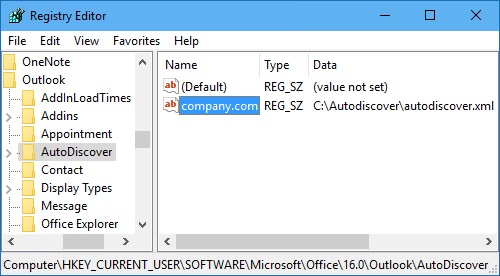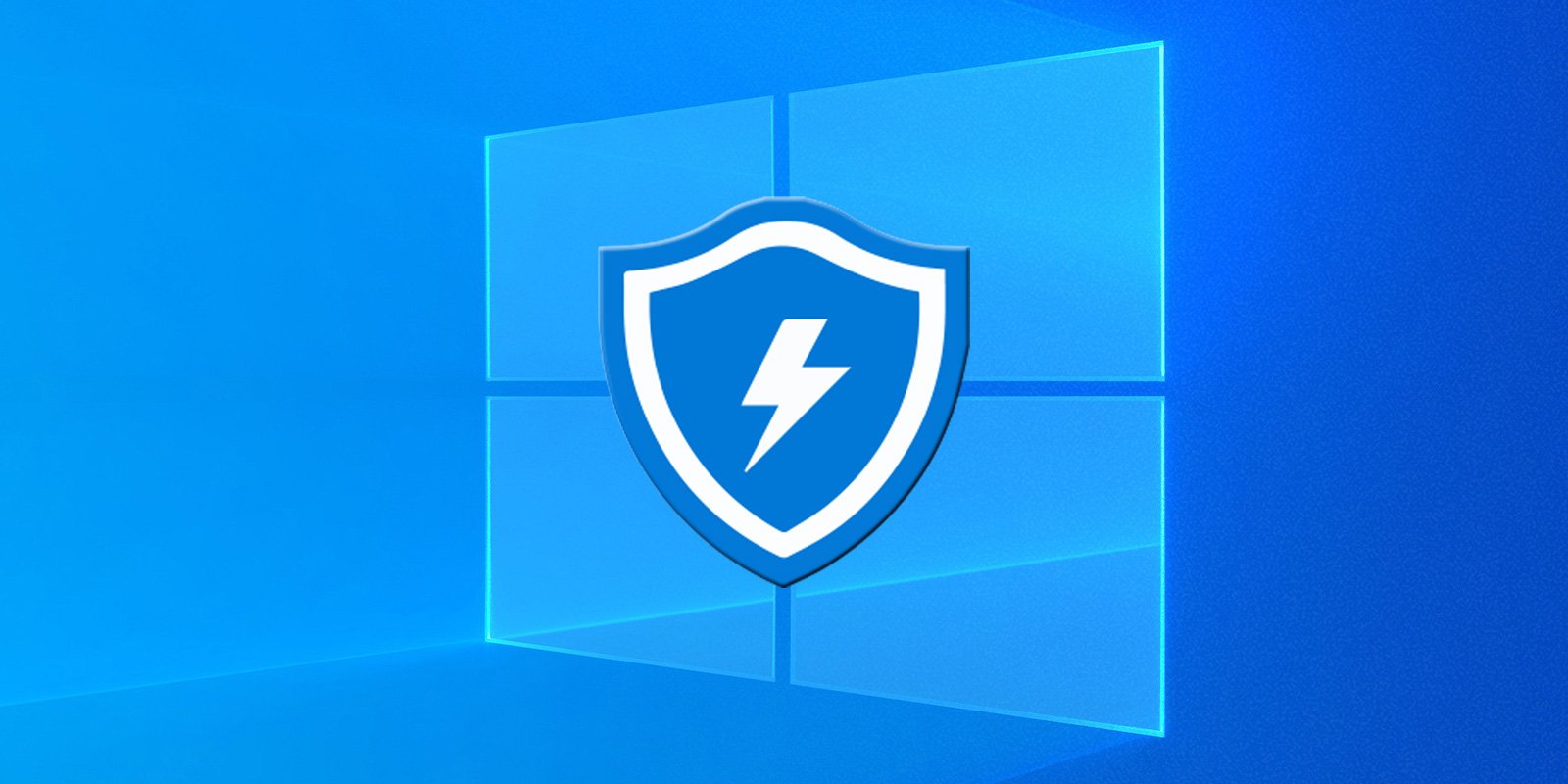
- #WHAT IS THE INTERNAL SERVER PATH MAC MAIL EXCHANGE 2003 HOW TO#
- #WHAT IS THE INTERNAL SERVER PATH MAC MAIL EXCHANGE 2003 WINDOWS 10#
- #WHAT IS THE INTERNAL SERVER PATH MAC MAIL EXCHANGE 2003 CODE#
#WHAT IS THE INTERNAL SERVER PATH MAC MAIL EXCHANGE 2003 CODE#
I’ve added some comments in the code itself below but here’s a breakdown of each parameter and what it’s used for: This command requires a few different parameters so I’ll set up these parameters ahead of time using PowerShell splatting.

To create the connector, you’ll need to run the New-InboundConnector command. To do so, first ensure you are connected to Exchange Online PowerShell. If creating Office 365 connectors via a GUI isn’t your thing, you can always create them via PowerShell as well. Create a Non-TLS Connector using PowerShell If there’s none, you can click the Save button right away. The New Connector window will pop-up.Ĭreate a TLS Connector using Exchange Admin CenterĪgain, you will see a summary of necessary changes. Once logged in, click on mail flow (1) –> connectors (2) –> New (3). You can configure many Office 365 SMTP settings in the Exchange Admin Center.
#WHAT IS THE INTERNAL SERVER PATH MAC MAIL EXCHANGE 2003 HOW TO#
You’ll first learn how to do this via the Exchange Admin Center. Let’s start by creating a non-TLS connector.

Create a Non-TLS Connector using the Exchange Admin Center We’ll also cover creating both non-TLS and TLS connectors. You can either use the Exchange Admin Center or PowerShell. There are two ways to create a connector. Ensure your account is a member of the Organization Management group. This connector will receive SMTP relay transactions from the application or device.īefore you attempt to create a connector, be sure your account has the proper Exchange Online permissions. To set up an SMTP relay, you must first create a connector in Office 365 to accept SMTP transactions. Note, that you cannot use self-signed certificates or certificates issued by an internal PKI because they are not supported. *.) issued by third-party certificate authorities like LetsEncrypt, Digicert, etc. This certificate could be a wildcard certificate (eg.
#WHAT IS THE INTERNAL SERVER PATH MAC MAIL EXCHANGE 2003 WINDOWS 10#

These are the requirements before you can proceed.


 0 kommentar(er)
0 kommentar(er)
